Whenever we feel a loose tooth, not only can it be pretty uncomfortable, it can be quite disconcerting. Loose teeth are not normal so the questions you need to ask are:
- Why are they loose? and
- what if anything can be done to correct it?
Loose teeth are a symptom of an underlying cause. All teeth are suspended by tiny ligaments surrounded by and attached to a socket of bone.
So, normally there is some very slight movement if we clench our teeth or push firmly. However, for the most part, our teeth should not be loose to the point where we can actually see or feel them move.
In this blog post, we’ll examine why your tooth might be loose and what you can do about it.
The Causes of Loose Teeth
As with any dental issue, before considering steps of action, we need to define the problem and it’s root cause.
Here are some of the most common reasons why your teeth might be loose:
- Active orthodontic movement – teeth will become temporarily loose as they are moved with braces or other appliances. This is normal
- Bone loss due to gum disease
- A traumatic occlusion (bite) whereby a tooth is being pushed by other teeth upon closing or chewing. In some cases, the tongue can do the same.
- Combination of a short root and minimal bone
- Part of tooth is outside of the bony walls of the jaw (dehiscence)
- Systemic health issues such as cancer can have effects on the teeth
How Can Loose Teeth Be Treated
We’ve identified potential underlying issues. Now, it’s time to correct the underlying problem if possible:
- Gum disease – thorough cleaning and improvement of the gum health; when the tissues are inflamed due to bacteria and plaque, the teeth will be loose. Improving the gum health will help to “tighten” the teeth.
- Traumatic bite – adjusting the teeth and or orthodontic correction of the teeth which are being pushed too forcefully;
- Identify and correct underlying systemic issue
Once the underlying cause is corrected, the teeth will often improve. However, this is not always to their original healthy condition. Bone loss due to gum disease can rarely be recovered; therefore these teeth may continue to have some looseness due to bone loss and other factors.
We’re going to examine a couple of different treatment options:
- Bonding loose teeth together via a splint
- Using crowns to splint teeth
- Removing the teeth altogether (in the case of severely loose teeth)
Bonding Loose Teeth Together
In these cases, teeth can be splinted (joined together) to make them stronger. This is akin to pickets on a fence, if we’re to use an everyday reference. Joining several loose or weak teeth will improve the overall stability of the teeth.
Splinting can be done by bonding the teeth together (using white filling material) often in combination with a wire or ribbon material. It can also be done by a custom-fitted metal framework that is bonded to the inside of the teeth.
This can last for approximately 4 months to several years depending on the looseness of the teeth, the strength of the bonding and other factors.
Although the splinting will make the teeth feel stronger and more stable, it doesn’t really correct the underlying cause.
However, it can improve the life expectancy of the loose teeth by reducing any additional trauma caused during eating.
Splinting Teeth with Crowns
Alternatively teeth can be splinted by the use of crowns. This is often a better solution for the long term. This type of treatment is often referred to as Permanent or Fixed Splinting.
Crowns are placed and then are joined together to fabricate a splint. This is usually done if the gums and tissues are healthy but there is some underlying issue putting excessive pressure on the teeth.
Extreme Cases: Removing Teeth?
In cases of severely loose teeth, it may be better to remove them so that they do not negatively affect the remaining good teeth.
Take Action on Loose Teeth Now – Don’t Wait!
If you have loose teeth and they either bothering you or just downright uncomfortable, please call us to book an appointment.
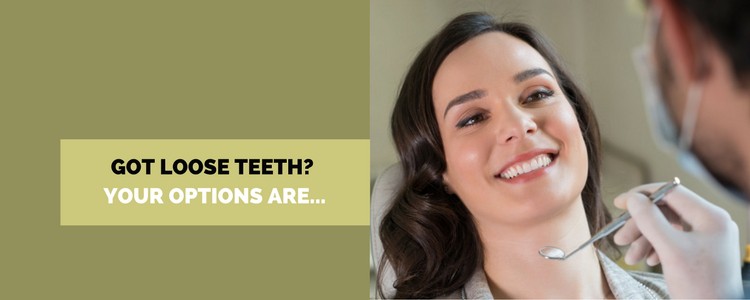

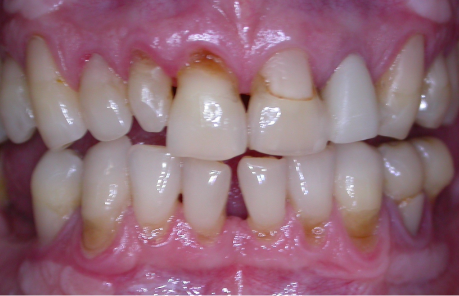
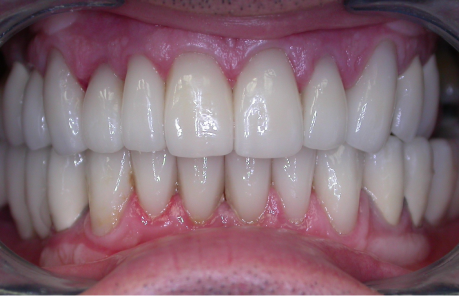
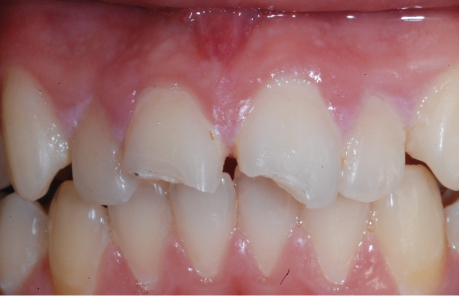
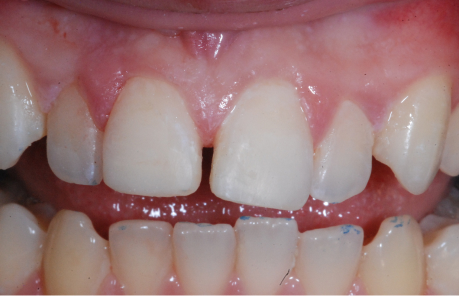
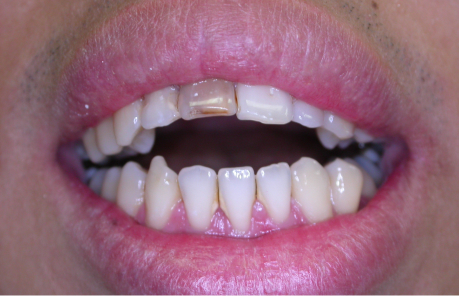
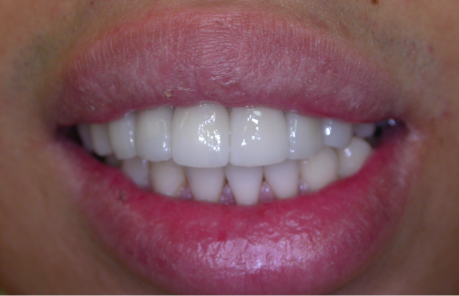
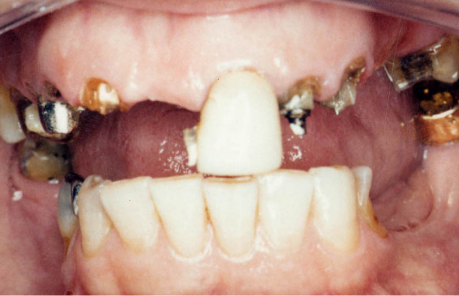
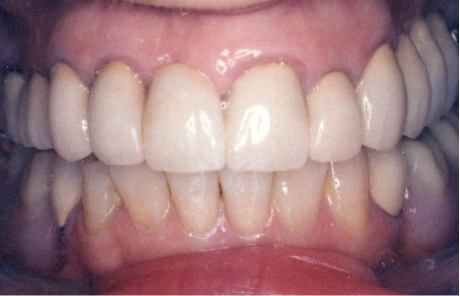
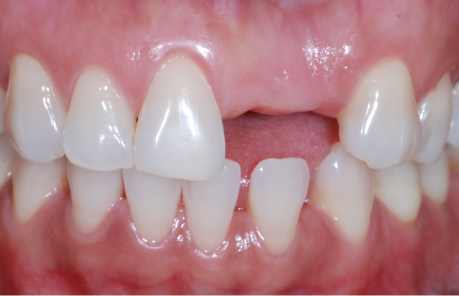
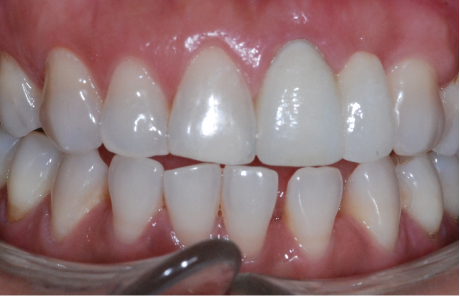

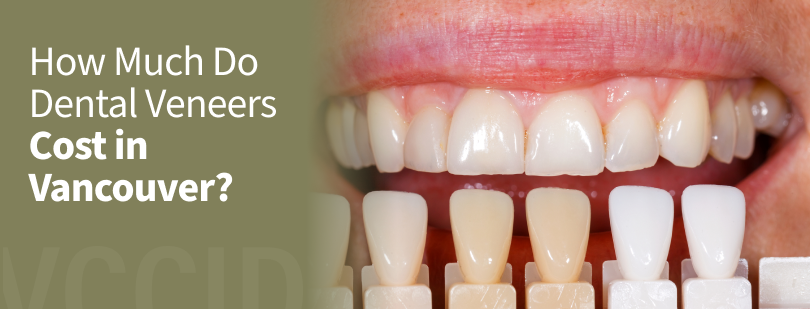
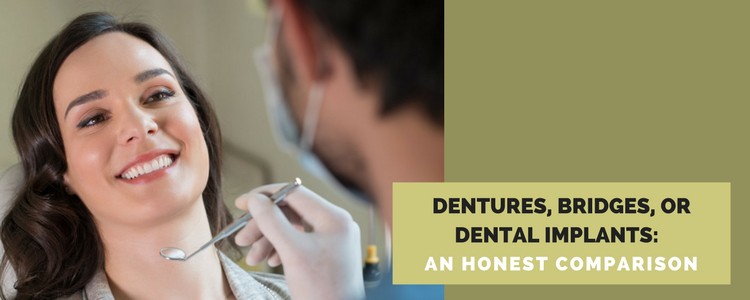



1 thought on “Got Loose Teeth? Your Treatment Options Are…”
Thanks for the overview of these dental treatments. It’s interesting to learn that some loose teeth can actually be bonded together, to increase their strength. I have a loose tooth right next to my top molar, so I need to look more into this.